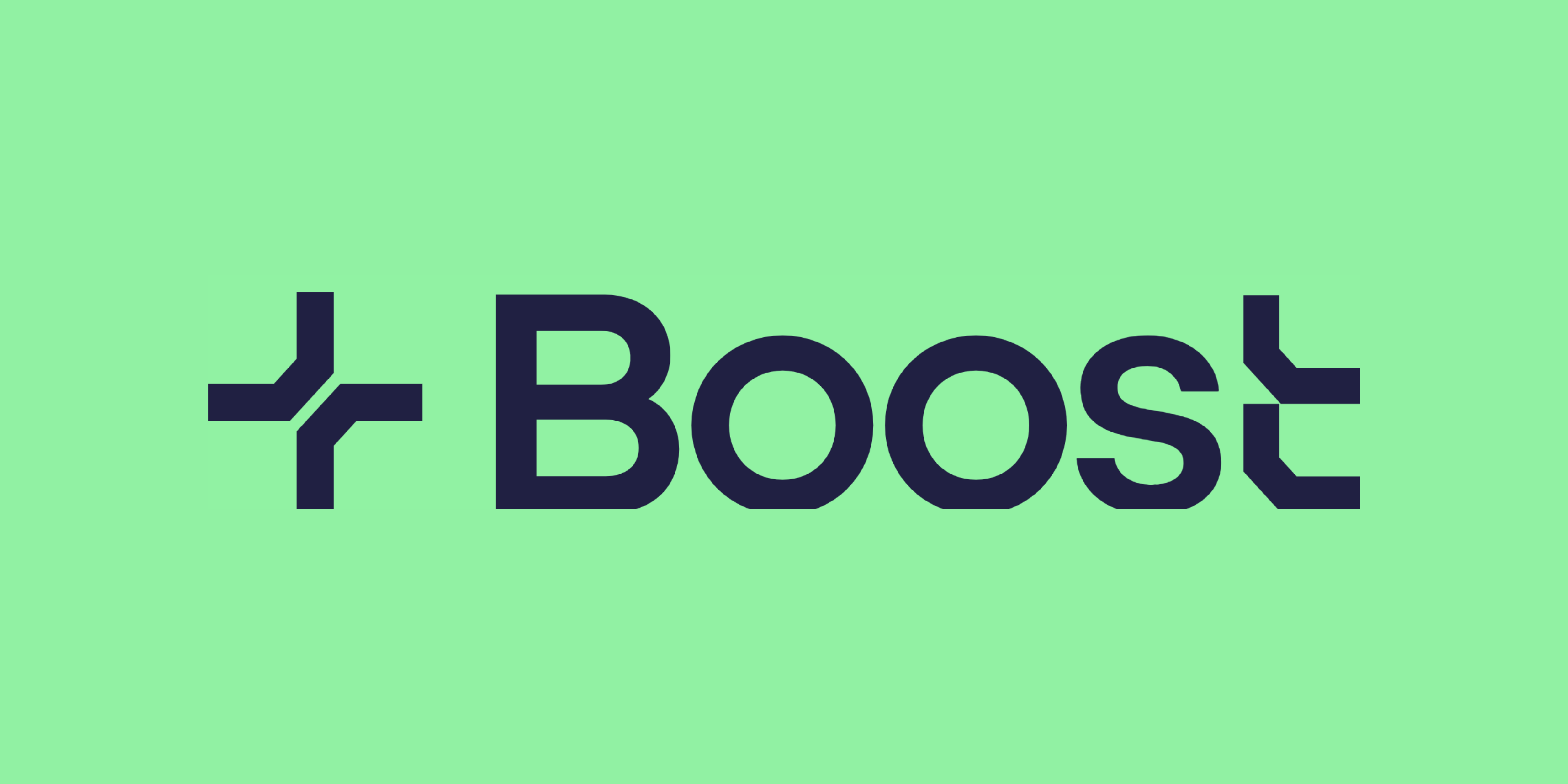Introduction
Boost Protocol, formerly RabbitHole, introduces an innovative approach to incentivizing on-chain actions. This protocol is designed to be user-friendly and versatile, empowering any wallet to initiate incentive campaigns with minimal investment. Currently, Boost supports ERC20 rewards, with plans to expand to ERC1155 and on-chain points soon. The protocol aims to streamline the deployment of targeted offers, making it accessible for both developers and casual users.
Innovation
Boost Protocol stands out for its ability to incentivize any on-chain action with any token. The platform allows any wallet to deploy incentive offers targeting other wallets, making it a powerful tool for driving specific blockchain activities. This flexibility, combined with a low entry barrier of just 0.10 USDC, makes Boost a unique and appealing option for engaging on-chain users.
Boost Protocol Architecture
Boost operates on a transparent and fair fee structure, with a 10% fee distributed among contributors, the Boost Guild, and affiliates. This architecture ensures that incentives are aligned and that all participants benefit from the network’s growth. Boost’s commitment to transparency is evident in its on-chain verifiability, which allows public audits and analyses of all transactions.
Code Quality
The code quality of Boost Protocol is robust, reflecting careful development and rigorous testing. The protocol’s ability to operate across major networks such as Ethereum, Polygon, Optimism, Arbitrum, and zkSync further demonstrates its technical soundness and adaptability.
Product Roadmap
Boost has a clear and ambitious product roadmap. While it currently supports ERC20 rewards, plans are in place to expand support to ERC1155 tokens and on-chain points. This expansion will enhance the protocol’s versatility and appeal, catering to a broader range of use cases.
Usability
Boost Protocol excels in usability, offering a range of tools and resources for different stakeholders. The Boost SDK provides developers the tools to register contracts, build custom Boost Clients, and embed boosts into various applications. The Boost Manager App is the central interface for deploying, managing, and tracking boosts, ensuring a seamless user experience with real-time performance monitoring and permissionless access.
Team
Various key contributors support the Boost ecosystem:
- Boost Studios: Core contributors providing product and service support.
- Boost Issuers: Wallet addresses deploying boosts.
- Boost Recipients: Wallet addresses receiving incentives.
- Boost Affiliates: Wallet addresses refer and drive participants.
- Boost Developers: Individuals building on Boost Protocol.
- Boost Guild Members: Community stakeholders governing the protocol.
Conclusion
Boost Protocol emerges as a comprehensive solution for deploying and managing on-chain incentive programs. Its innovative approach, robust architecture, and commitment to transparency make it a standout in the blockchain space. With a clear product roadmap and a dedicated team of contributors, Boost is well-positioned to continue driving growth and adoption in the decentralized ecosystem.
| Initial Screening | |||
| Keep researching | |||
| Does this project need to use blockchain technology? | Yes | ||
| Can this project be realized? | Yes | ||
| Is there a viable use case for this project? | Yes | ||
| Is the project protected from commonly known attacks? | Yes | ||
| Are there no careless errors in the whitepaper? | Yes | ||
| Project Technology Score | |||
| Description | Scorecard | ||
| Innovation (Out Of 11) | 7 | ||
| How have similar projects performed? | Good | 2 | |
| Are there too many innovations? | Regular | 2 | |
| Percentage of crypto users that will use the project? | 1% – 5% | 1 | |
| Is the project unique? | Yes | 2 | |
| Architecture (Out of 12) | 11 | ||
| Overall feeling after reading whitepaper? | Good | 2 | |
| Resistance to possible attacks? | Good | 2 | |
| Complexity of the architecture? | Easy | 2 | |
| Time taken to understand the architecture? | 20-50 min | 1 | |
| Overall feeling about the architecture after deeper research? | Good | 4 | |
| Has the project been hacked ? | No | 0 | |
| Code Quality (out of 15) | 13 | ||
| Is the project open source? | Yes | 2 | |
| Does the project use good code like C,C++, Rust, Erlang, Ruby, etc? | Yes | 2 | |
| Could the project use better programming languages? | No | 0 | |
| Github number of lines? | More than 10K | 1 | |
| Github commits per month? | More than 10 | 2 | |
| What is the quality of the code? | Good | 2 | |
| How well is the code commented? | Good | 1 | |
| Overall quality of the test coverage? | Outstanding | 2 | |
| Overall quality of the maintainability index? | Good | 1 | |
| When Mainnet (out of 5) | 5 | ||
| When does the mainnet come out? | 6 months after TGE | 5 | |
| Usability for Infrastructure Projects (out of 5) | 5 | ||
| Is it easy to use for the end customer? | Yes | 5 | |
| Team (out of 7) | 5 | ||
| Number of active developers? | 5+ | 2 | |
| Developers average Git Background? | Intermediate | 1 | |
| Developers coding style? | Solid | 2 | |
| Total Score (out of 55) | 46 | ||
| Percentage Score | |||
| Innovation | 12.73% | ||
| Architecture | 20.00% | ||
| Code Quality | 23.64% | ||
| Mainnet | 9.09% | ||
| Usability | 9.09% | ||
| Team | 9.09% | ||
| Total | 83.64% |





